From treasures discovered amidst the 2,700-year-old ruins of a castle in Türkiye to a scrap of the tent used by George Washington during the Revolutionary War, these historical discoveries made in 2024 shed new light on the past.
As conservators prepared Hayes Farm in North Carolina for its transformation into a public historical site this year, someone happened to open an old filing cabinet. Inside, they found an ultra-rare copy of the U.S. Constitution — which just sold at auction for $9 million. This was one of the most exciting history news stories of 2024, but it was far from the only fascinating discovery we covered at All That’s Interesting.
This year saw some incredible historical moments. For instance, an Irish farmer happened to stumble upon a chunk of “bog butter” while digging a drain on his property. And archaeologists in Poland found a Neolithic longhouse — while looking for evidence of a much more recent settlement.
Below, take a trip back in time with some of the most jaw-dropping history stories of 2024. They show how vibrant, exciting, and unexplored human history can be.
The Reuse Of A Roman Gladiator’s Sarcophagus
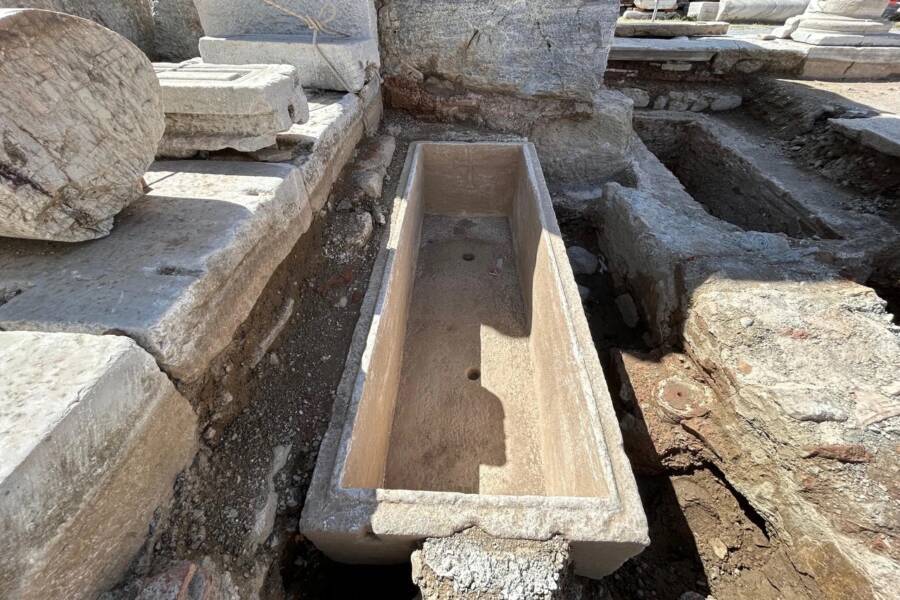
IHA PhotoIn Türkiye, archaeologists uncovered an ancient Roman tomb that was repurposed centuries later.
While excavating a basilica in the ancient city of Ephesus in western Türkiye, archaeologists made an incredible find: the sarcophagus of a Roman gladiator. But that wasn’t the only thing they discovered.
The sarcophagus, which was uncovered during an excavation sponsored by Türkiye’s Ministry of Culture and Tourism, dated back to the third century C.E. It had an inscription on the outside that archaeologists believe bears the gladiator’s name, “Euphrates,” as well as a number of other inscriptions and reliefs of crosses, which were added later.
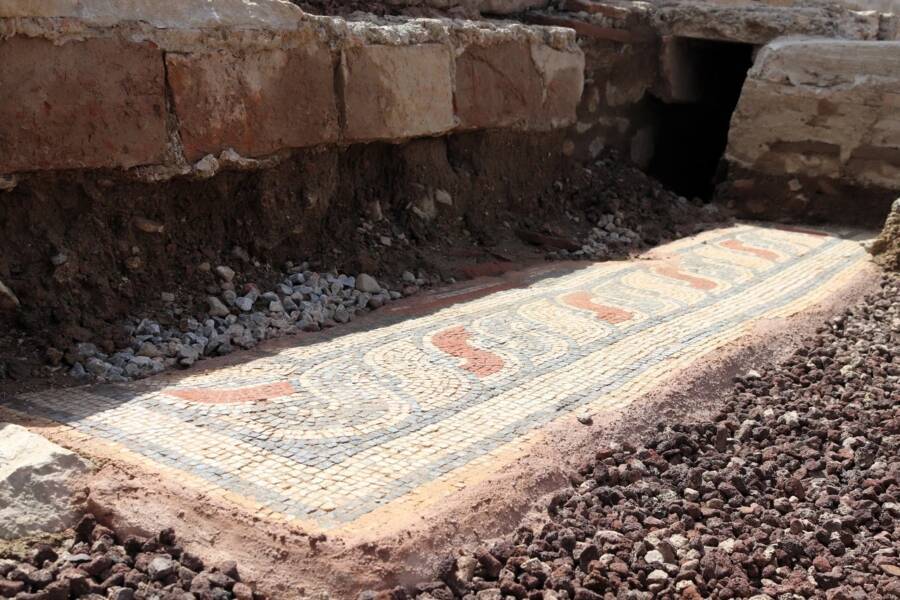
IHA PhotoThe striking mosaic floor discovered beneath the sarcophagus.
The most remarkable thing about the discovery, however, was that the sarcophagus had been reused. Some 200 years after “Euphrates” was laid to rest, 12 more people were buried inside.
Archaeologists believe that the original sarcophagus belonged to the Roman gladiator and that it was repurposed as Christianity spread in Europe.
The Scrap Of George Washington’s Tent Found At Goodwill
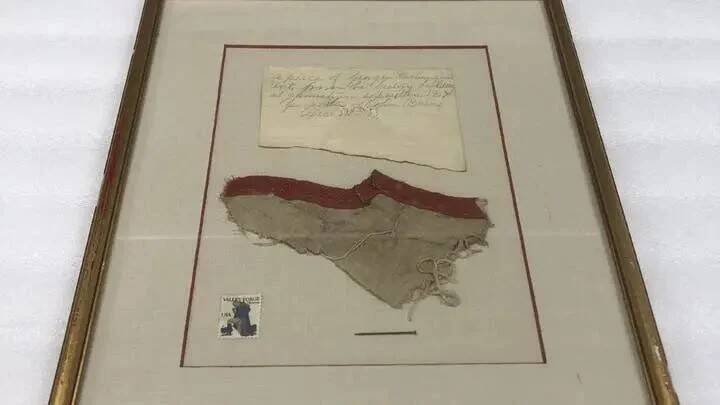
Museum of the American RevolutionThis fabric fragment from George Washington’s tent was found on a Goodwill auction site — but no one is entirely sure how it got there.
Richard “Dana” Moore was scrolling through a Goodwill auction site two years ago when an object caught his eye: a piece of fabric that had allegedly come from George Washington’s Revolutionary War tent. Though Moore had some doubts about the object’s provenance, he decided to take a chance and bid on it.
To learn more about the fabric, Moore reached out to the Museum of the American Revolution. Experts there examined the scrap and concluded that it had indeed come from one of Washington’s tents.
During the war, the future president traveled with two tents, or marquees: one for dining and one for working and sleeping. Moore’s fabric seemingly came from the dining tent.
So, how did it end up at Goodwill? The only clue is a note that was included with the fabric: “a piece of George Washington’s tent, from the history building at Jamestown exposition 1907 property of John Burns Dec 23rd 07.”
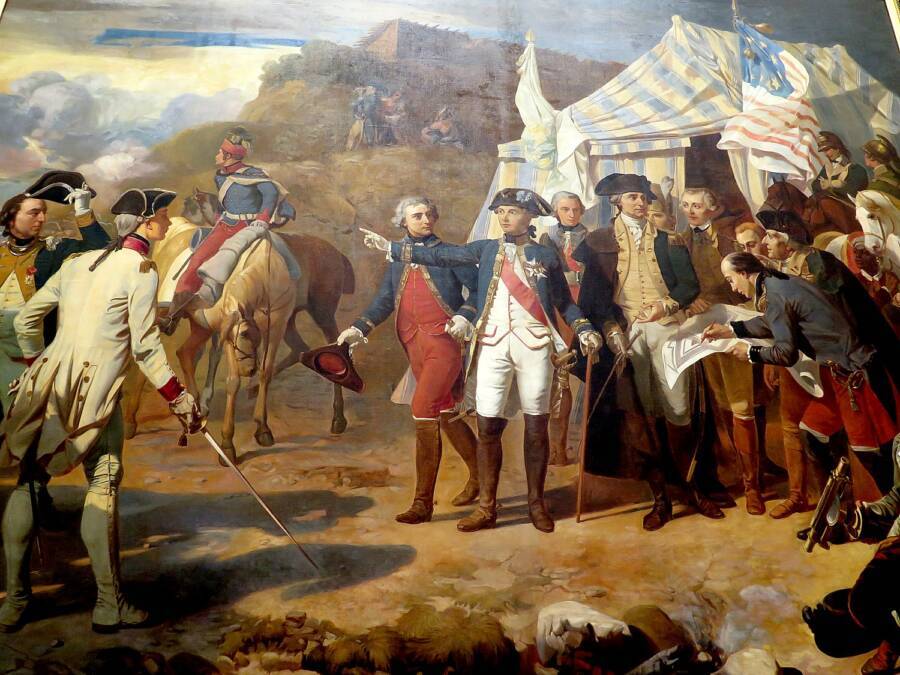
Mount VernonA painting of George Washington in front of one of his tents.
Museum curators suspect that the tents were loaned to the Jamestown Exposition in 1907 by one of Washington’s relatives. At that point, “John Burns” somehow obtained a piece of the artifact. However, his methods remain a mystery.
The Surprise Discovery Of Colonial Williamsburg’s Oldest Home
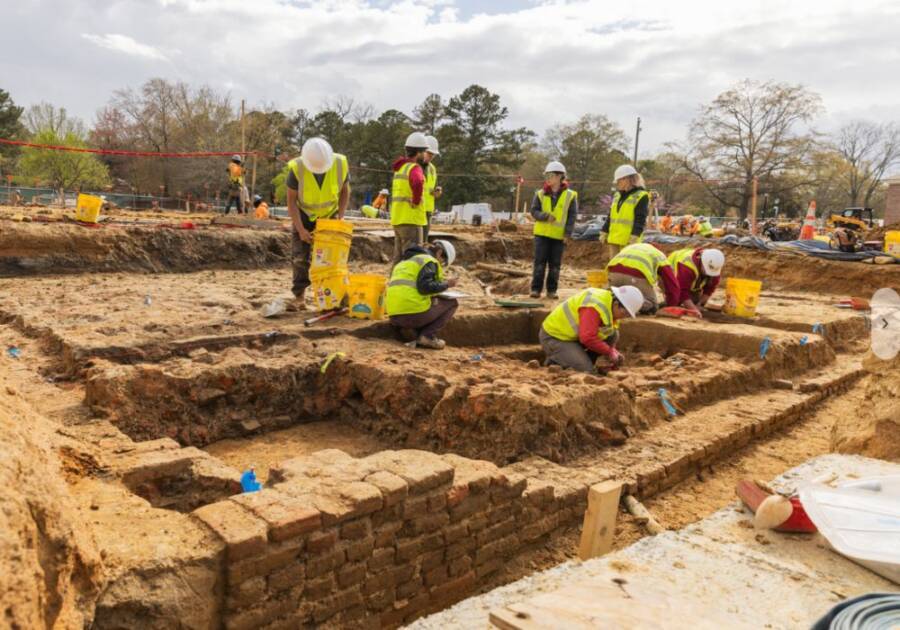
Brendan Sostak/The Colonial Williamsburg FoundationArchaeologists excavating the site in Williamsburg where they found the 17th-century house.
While excavating a site in Williamsburg, Virginia, ahead of the construction of a new museum, archaeologists made an exciting find: the bones of a 17th-century home. It’s one of the oldest homes ever found in Williamsburg — and archaeologists believe that it once belonged to an affluent family.
Archaeologists think the house dates back to 1660, and the objects found nearby paint a picture of a family with means.
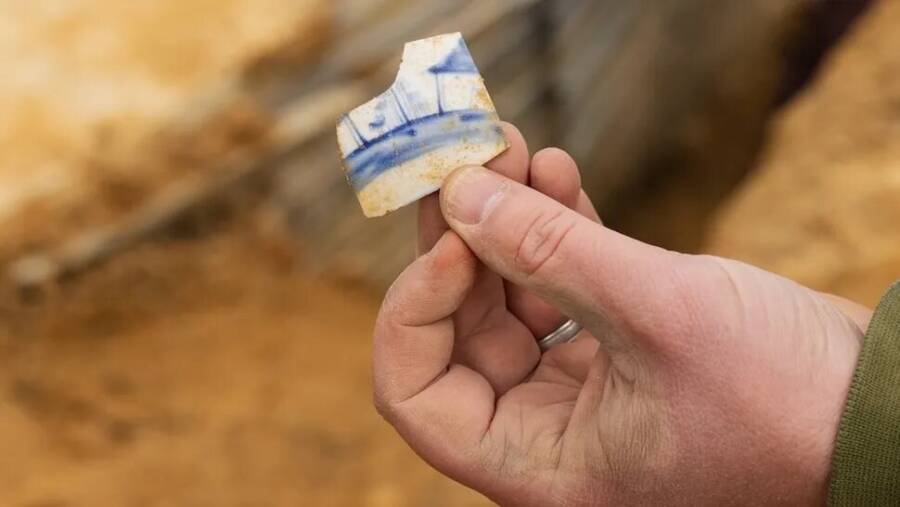
Brendan Sostak/The Colonial Williamsburg FoundationA number of objects at the site suggest that the people who lived there were affluent.
“A lot of the materials are what an affluent household would have had,” Jack Gary, the executive director of archaeology at Colonial Williamsburg, said in a video about the discovery. “We’re finding things like plaster from the walls, leaded casement windows, and high-end ceramics. And we just found the handle of a silver teaspoon, which is just wild.”
The museum construction will go ahead as scheduled — but with the addition of glass floors so that visitors can see “history underneath their feet.”
How A Utah Man Brewed Beer Using A 3,500-Year-Old Egyptian Recipe
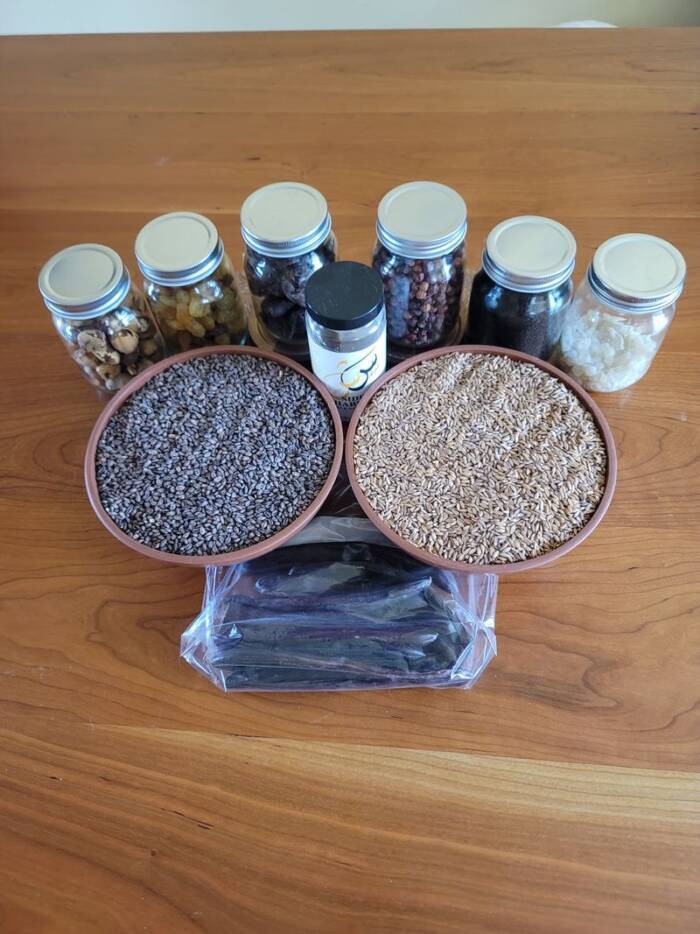
Dylan McDonnell/XSome of the ingredients Dylan McDonnell used to make his beer.
During the pandemic, some people learned how to make bread. Dylan McDonnell decided to brew beer. But not just any beer — beer like the ancient Egyptians drank.
“I’ve always been interested in brewing beer and trying to come up with new unique blends for the beer,” McDonnell explained to All That’s Interesting about his inspiration for the idea. “I also have my B.A. and M.A. in Middle East Studies, so it was a natural marriage of interests.”

Dylan McDonnell/XThe ancient beer during the brewing process.
By studying the Ebers Papyrus, a 3,500-year-old ancient Egyptian document that contains medicinal concoctions, McDonnell was able to put together his beer recipe. It included desert dates, Yemeni Sidr honey, sycamore figs, Israeli golden raisins, prickly juniper berries, carob fruit, black cumin, frankincense — and yeast from 850 B.C.E.
McDonnell completed his experiment in 2024. He called his beer “Sinai Sour” and declared that he was “very satisfied with the result.”





